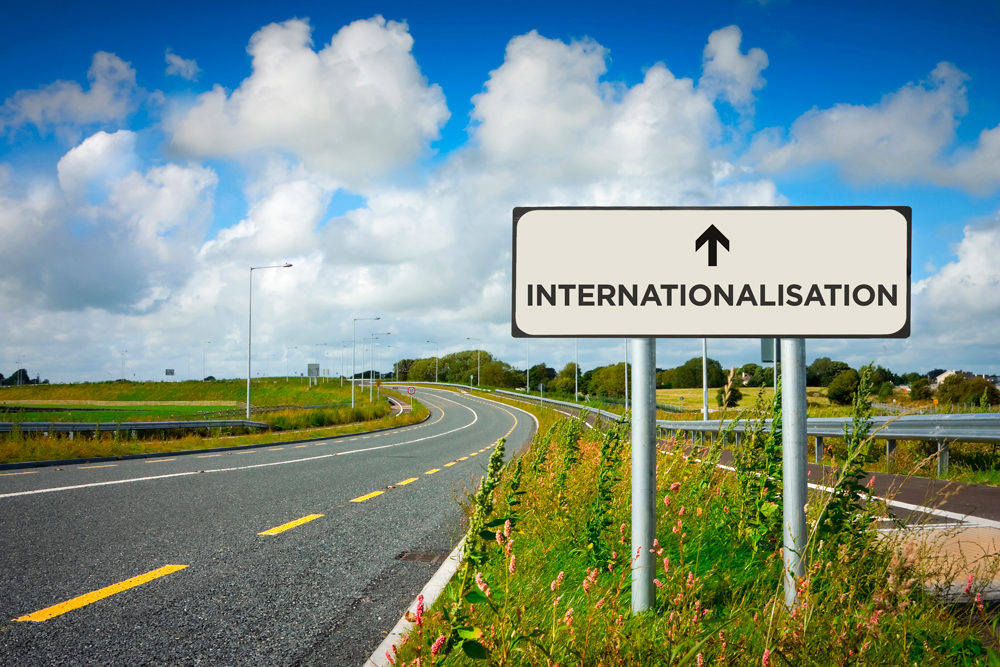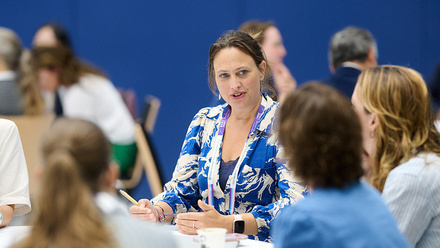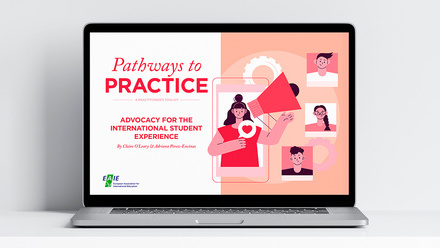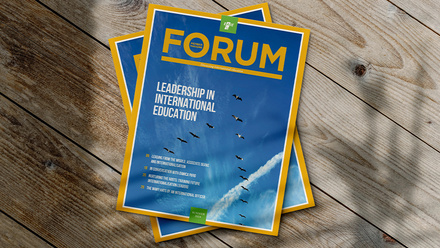"Are we there yet?" Signposts on the road to success

HEIs throughout Europe have been working over the last several decades to internationalise their institutions in response to global trends in higher education. How to internationalise successfully has become an increasingly complex question. The recently published EAIE Barometer (second edition) – Signposts of success posed the key question of what successful internationalisation looks like in European higher education, and each institution should find pause to ask, "are we there yet?"
Indicators of internationalisation such as alignment of internationalisation with academic mission, institution-wide strategies and development activities to support priority activities are outlined as some stand-out factors that enhance the perceived success of internationalisation at higher education institutions. These ‘signposts for success’ highlighted several key areas that professionals involved in internationalisation should bear in mind when assessing the success of institutional internationalisation initiatives.
Since its foundation in 1592, Trinity College Dublin, the University of Dublin, has a lengthy tradition as an institution with a global outlook and an international composition of academics and students. Now the 27th most international university in the world and first in Ireland according to the Times Higher Education Rankings 2018, Trinity has in recent years been interrogating its history and tradition of global education to create dynamic internationalisation strategies that respond to its strategic goals as an institution.
At Trinity, developing an institution-wide strategy; creating established ambitions for priority activities; and coordinating organisation are some key factors that are actively facilitating the institution’s current success in strategic and innovative internationalisation.
An institution-wide strategy
Agreeing on a roadmap for the direction of internationalisation at Trinity has been crucial. In 2011, Trinity began the implementation of a series of strategic internationalisation initiatives. In early 2019, Trinity launched an ambitious Global Relations Strategy (GRS 3) that will see a step change in internationalisation for the university and higher education in Ireland. Building on Trinity’s global reputation for education and research, the strategy’s headline actions over the next five years include:
- Promoting further diversification and growth in the international and domestic student body
- Expanding strategic partnerships with targeted universities around the world to increase, strengthen and leverage the global reach and impact of Trinity’s research, education and innovation
- Providing more opportunities for its students to spend time studying overseas
- Continuing to integrate students – whether based in Dublin or abroad – into the global Trinity community and enhance the student experience overall
Trinity’s Global Relations Strategy is an activity that traverses the university in an environment which supports innovation, in education practice and research, as well as in internationalisation. Taken together and against the backdrop of the current College Strategic Plan, it represents a step change in internationalisation practice for Trinity and reflects the Barometer’s finding that having "policy support – in the form of a strategic plan, performance targets and evaluation mechanisms – offers essential enablers" for internationalisation (Nolan & Hunter, 2012).
Creating established ambitions for priority activities is also a crucial enabler of successful internationalisation and, as is pointed out in the Barometer, can be done through "assigning performance targets to… identified strategic priority activities". At Trinity, diversification and growth in the international and domestic student body has been highlighted as a priority. An institution with 18,000 students currently, this year it welcomed over 4600 international students – including 2800 from outside of the European Union – and will see more than 800 undergraduates leaving on exchanges, research placements or clinical placements abroad.
This growth is of recent vintage – as recently as 2010, there were fewer than 1200 students coming to Trinity from outside of the EU. In terms of strategic partnerships, Trinity aims to replicate its current highly successful dual degree programme model with Columbia University, which gives students the opportunity to study at Trinity and Columbia and obtain a degree from each. Increasing mobility has been identified as a strategic priority, and over the next five years Trinity intends to increase the number of undergraduate students engaging in mobility from 30% to 50%. The regular and systematic evaluation of these priority targets will be a major factor in achieving the institution’s strategic aims.
Coordinated organisation
Also highlighted in the Barometer findings was the significance of organisational structure. The way that institutions "organise and manage their internationalisation efforts is directly relevant for the successful development and delivery of the process". At Trinity, there are multiple offices working in coordination on internationalisation with one central office, the Global Relations Office, with these activities as its main focus. The 2019 Barometer results indicate that HEIs taking this approach were most likely to report progress on priority internationalisation activities such as joint and dual degree programmes and international student mobility for example, and this is true for Trinity.
Creating an institutional infrastructure is central to improving coordinated organisation.
Creating an institutional infrastructure is central to improving coordinated organisation. Trinity has created the new academic role of School Director of Global Relations in each of its 24 academic Schools, an academic staff member with seniority to ensure that School-level strategies synergistically align with the institution’s internationalisation strategy. These Directors complement the infrastructure already in place, including the team of ‘Global Officers,’ administrative staff roles integrated within a School, specific to the development and integration of international activities at a local level, including the recruitment of non-EU students, marketing and promotion of programmes, partnership development, provision of supporting incoming and outgoing students, in addition to assisting with alumni and advancement activities.
The nine Signposts of Success indicate that when internationalisation activities are carefully planned and executed, greater progress towards achievement of strategic priorities is made. As Sandström and Hudson pointed out in Signposts of success, "internationalisation thrives not only when mainstreamed through the institution, but also when acted upon collaboratively".






